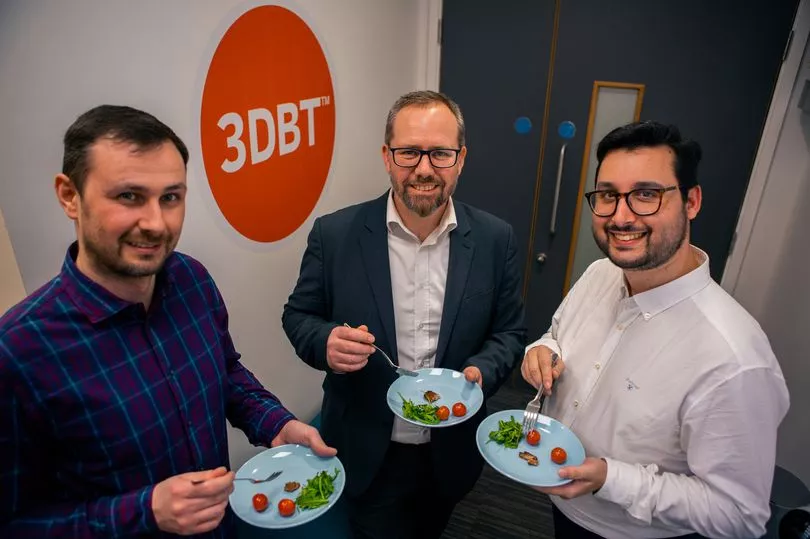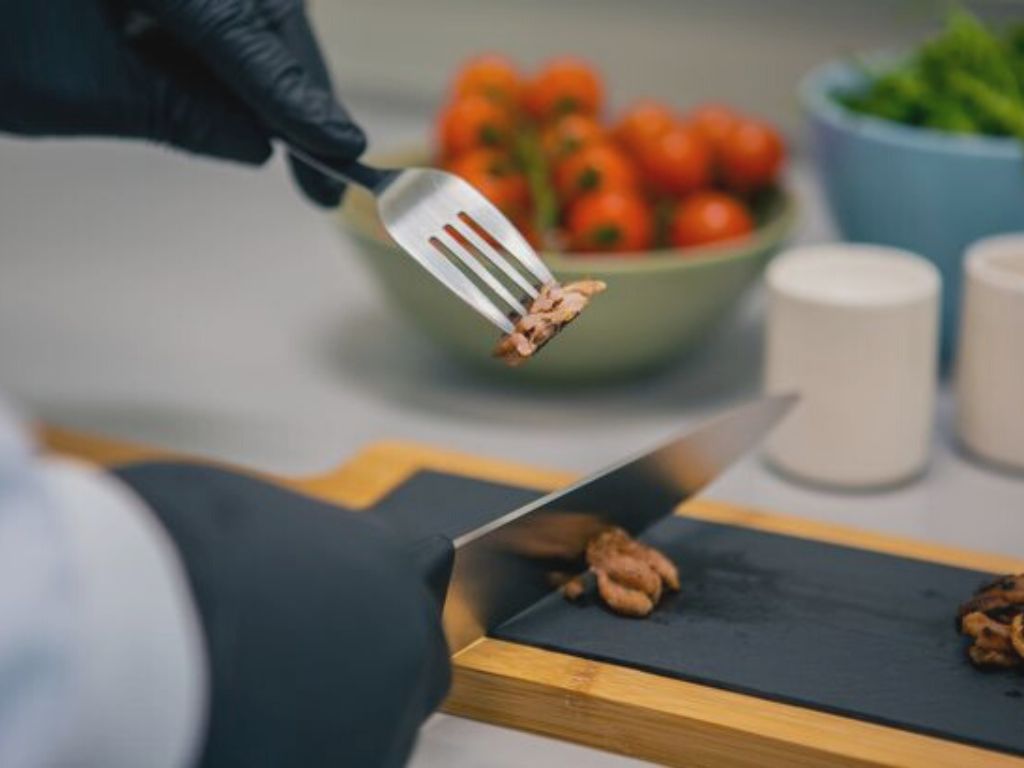The First Cultivated Pork Filet Debuts In the U.K.
2 Mins Read
BSF Enterprise, a biotech-focused investment company, says its subsidiary 3D Bio-Tissues has produced the first cultivated steak in the U.K. made from pork cells.
The first cultivated pork cutlet was made with 3D Bio-Tissues’ (3DBT) serum-free and animal-free cell booster, named City-mix. The result “exceeded expectations in appearance, taste and texture,” the company said. The 3DBT team cooked and ate the filet.
Cultivated pork filet
The company says the pork filet is a world’s first for cultivated meat; while a number of companies have developed cultivated pork, much of that has been mince.
“This is a significant scientific breakthrough which has very positive implications not just for BSF and 3DBT but also for the U.K. and the cultivated meat industry as a whole,” 3DBT CEO Che Connon said in a statement.
“We are absolutely delighted with the look, taste and texture of our cultivated pork, which is the first time we have fully sampled our product,” Connon said. “Our cruelty-free fillet has exceeded our expectations in all respects, and we are extremely excited about the technological progress we are making and the impact this could have upon our industry.”
3DBT used pork cells to produce the 3.5-inch by 1.5-inch steak, similar to a typical cut of meat.
City-mix growth serum
The company is using City-mix, a lower-cost growth factor that can increase yield without the need for animal-based fetal bovine serum. 3DBT says City-mix is a critical IP component, “providing clear competitive differentiation and world-leading technology.”
“City-mix, our serum free media in which we cultivated the fillet, is helping to greatly reduce the cost of cultivated meat such that it may become economically viable in the near future,” Connon said.

“At the same time our ‘structure without scaffold’ technology is helping to make cultivated meat that more closely resembles traditional meat in every respect, without the need for plant-based additives,” Connon said. “We look forward to taking the findings through to the next stage of development, focused on producing a chef-ready product for public consumption.”
According to the testers, the raw steak showed visible meat fibers and structural integrity similar to conventional meat in consistency, elasticity, color, and texture. The cooking process mimicked conventional meat as well: shrinkage, searing, browning, charring, and crisping, with aromas identical to conventional pork. 3DBT says the taste and texture of the final product were indistinguishable from pork.



